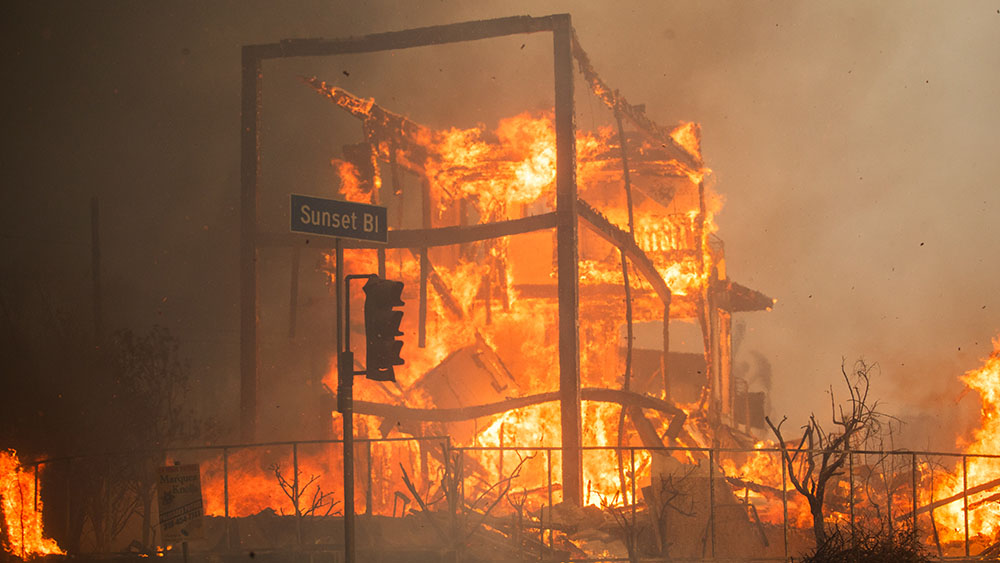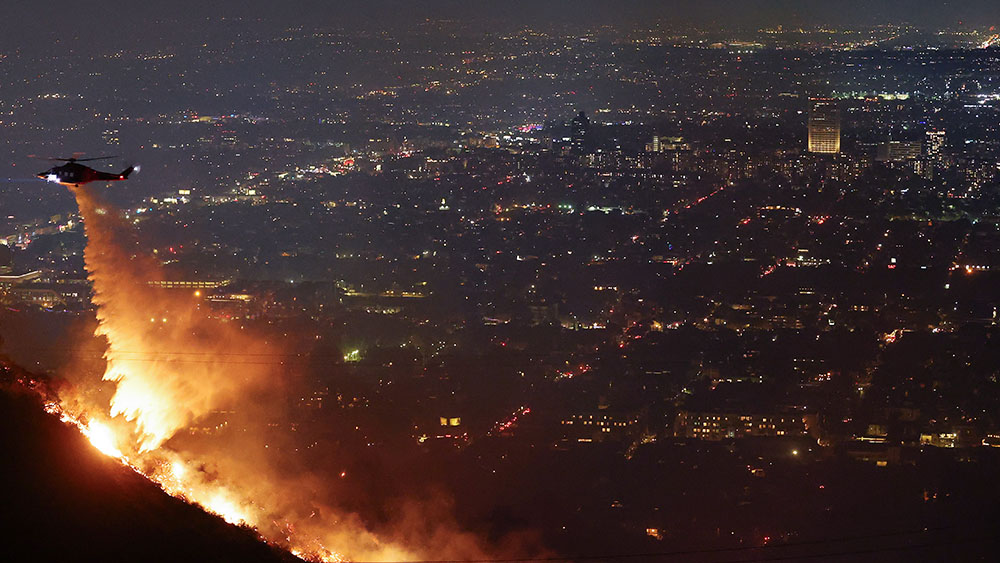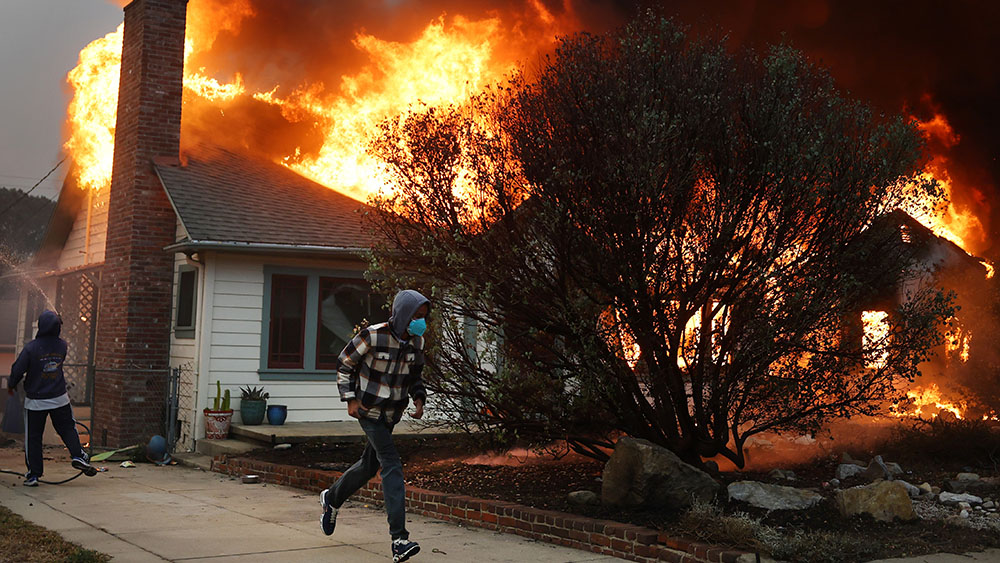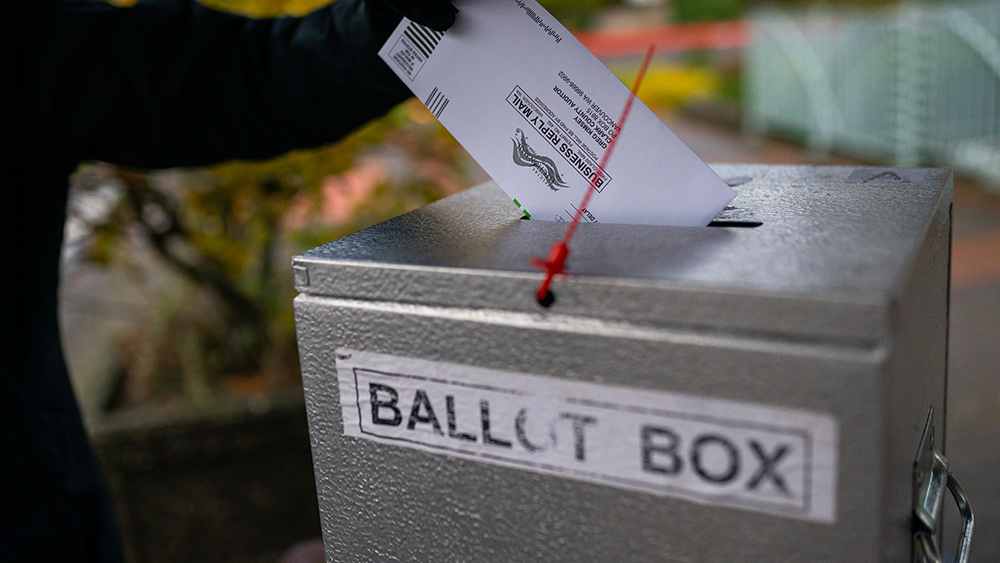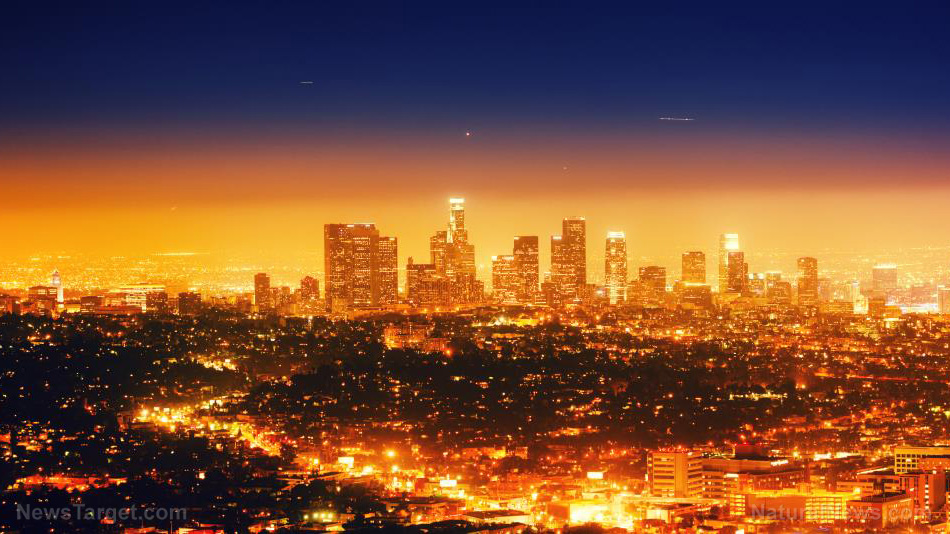
- A burglar disguised as a firefighter was arrested while looting homes destroyed by wildfires in Los Angeles.
- The fires, among the worst in LA history, have killed 24 people, destroyed over 12,000 structures, and caused an estimated $49 billion in damage.
- Authorities have arrested 29 individuals for looting, vowing to prosecute them to the fullest extent of the law.
- The fires have ravaged affluent neighborhoods, including celebrity enclaves in Pacific Palisades and Malibu.
- Strong Santa Ana winds and drought conditions have fueled the infernos, with more dangerous weather expected.
Authorities crack down on looting, arson, arresting 29 amid calls for stronger law enforcement
As wildfires continue to ravage Los Angeles, leaving a trail of destruction and despair, a new wave of lawlessness has emerged. Among the chaos, a burglar disguised as a firefighter was arrested while looting decimated mansions in Malibu, one of 29 individuals accused of exploiting the disaster. The fires, fueled by ferocious Santa Ana winds and drought conditions, have become the most destructive in LA history, killing 24 people, destroying over 12,000 structures, and causing an estimated $49 billion in damage. Amid the devastation, authorities are grappling not only with the flames but also with a surge in criminal activity, raising questions about public safety and the consequences of years of lax law enforcement policies and the encouragement of sanctuary cities.
The fires have torn through some of Los Angeles’ most affluent neighborhoods, including Pacific Palisades and Malibu. The Palisades Fire, the largest of the blazes, has consumed 23,707 acres, while the Eaton Fire near Pasadena has scorched 14,117 acres and claimed 11 lives. The fires have left behind apocalyptic scenes, with 120-foot flames reducing homes, businesses, and schools to ash. Among the victims are Hollywood elites, including Sir Anthony Hopkins, Billy Crystal, and Mel Gibson, whose mansions were destroyed.
Experts attribute the severity of the fires to a combination of environmental factors. Heavy rains from last year’s El Niño fueled vegetation growth, which later dried out and became highly flammable. The Santa Ana winds, known as “devil winds,” exacerbated the situation, pushing humidity levels to record lows and fanning the flames into uncontrollable infernos. “These winds are capable of stoking any spark into a rapidly spreading, devastating fire,” said Ariel Cohen, a meteorologist with the National Weather Service. These dangerous weather conditions were an invite to potential terrorists and arsonists, which the state government practically sponsors, due to sanctuary cities, police de-funding, and lax policing standards.
As firefighters battled the flames, looters descended on evacuated neighborhoods, taking advantage of the chaos. Los Angeles County Sheriff Robert Luna revealed that 29 individuals have been arrested for looting, including a man who disguised himself as a firefighter to gain access to abandoned homes in Malibu. “When I was out in the Malibu area, I saw a gentleman that looked like a firefighter and asked him if he was okay because he was sitting down. I didn’t realize we had him in handcuffs,” Luna said. “He just got caught burglarizing a home.”
The human and financial toll of lawlessness
The arrests highlight a broader issue of lawlessness in the region, where years of policies discouraging police intervention and defunding law enforcement have created an environment ripe for exploitation. Wealthy residents have resorted to hiring private security firms to protect their properties, while authorities have imposed curfews to deter further criminal activity. “Simply stay out of the areas if you are not a first responder or have emergency business there,” Luna urged.
The wildfires have displaced tens of thousands of residents, many of whom have lost everything but the clothes on their backs. The financial toll is staggering, with preliminary estimates suggesting losses could surpass $135 billion, making it the costliest wildfire disaster in U.S. history. Insurance companies are bracing for colossal payouts, which will likely lead to higher premiums for Americans nationwide.
As Los Angeles confronts the dual crises of wildfires and lawlessness, the city stands at a crossroads. The fires have exposed the fragility of a region ill-prepared for the convergence of environmental and societal challenges. The arrests of looters, including the brazen burglar disguised as a firefighter, highlight the urgent need for robust law enforcement and community resilience. In the ashes of this catastrophe, Los Angeles must reckon with the consequences of years of policy failures and chart a new path forward. The flames may eventually subside, but the scars of this disaster will linger for generations.
Sources include:
Please contact us for more information.














